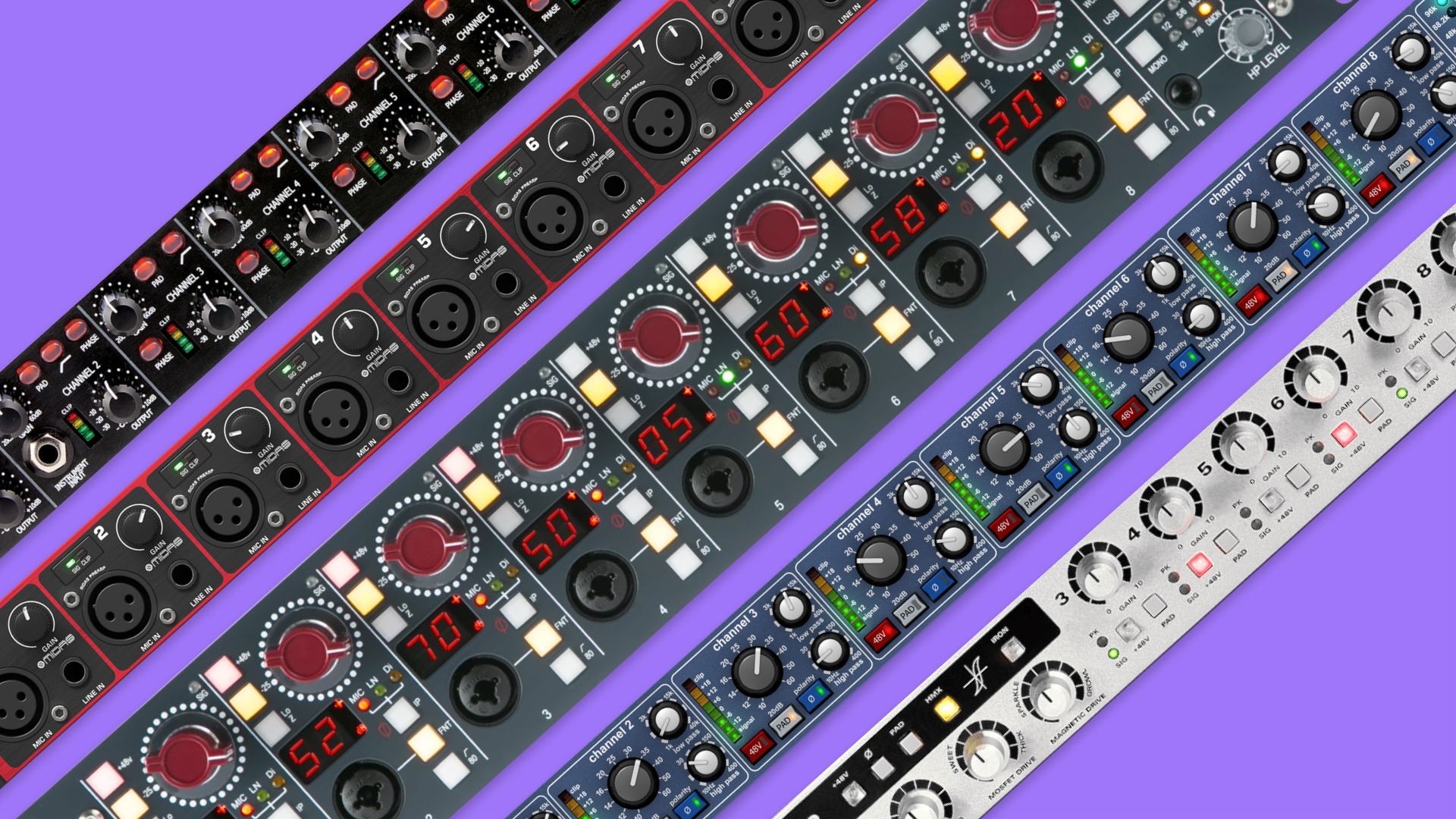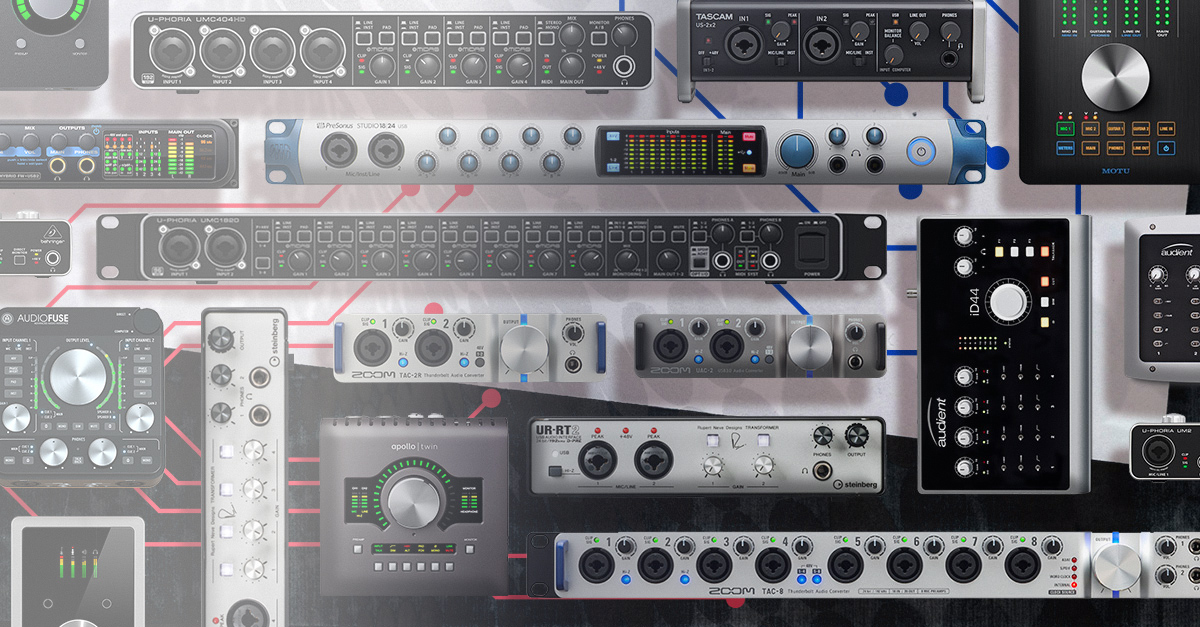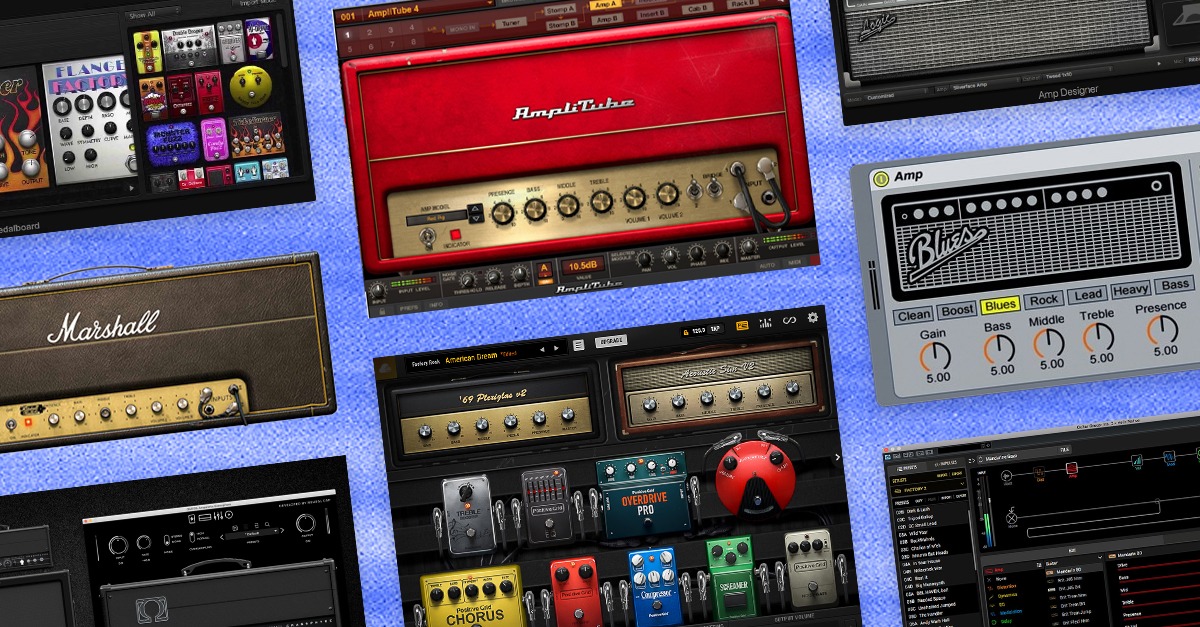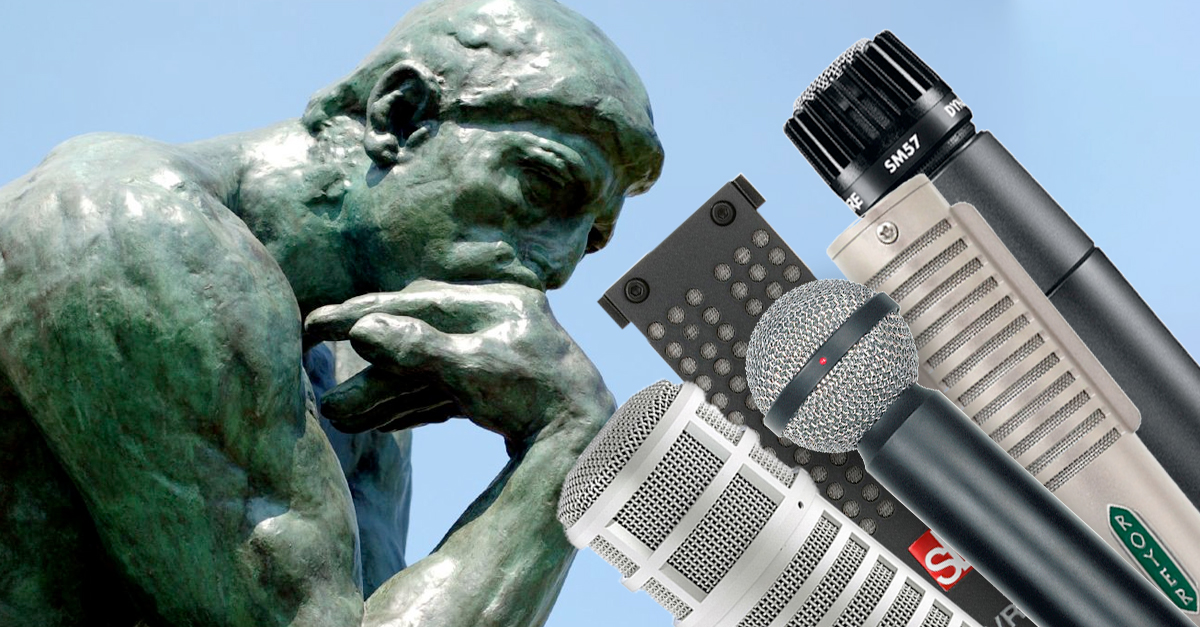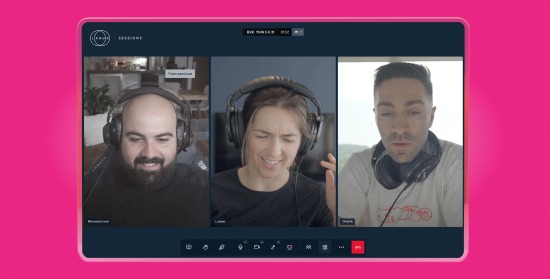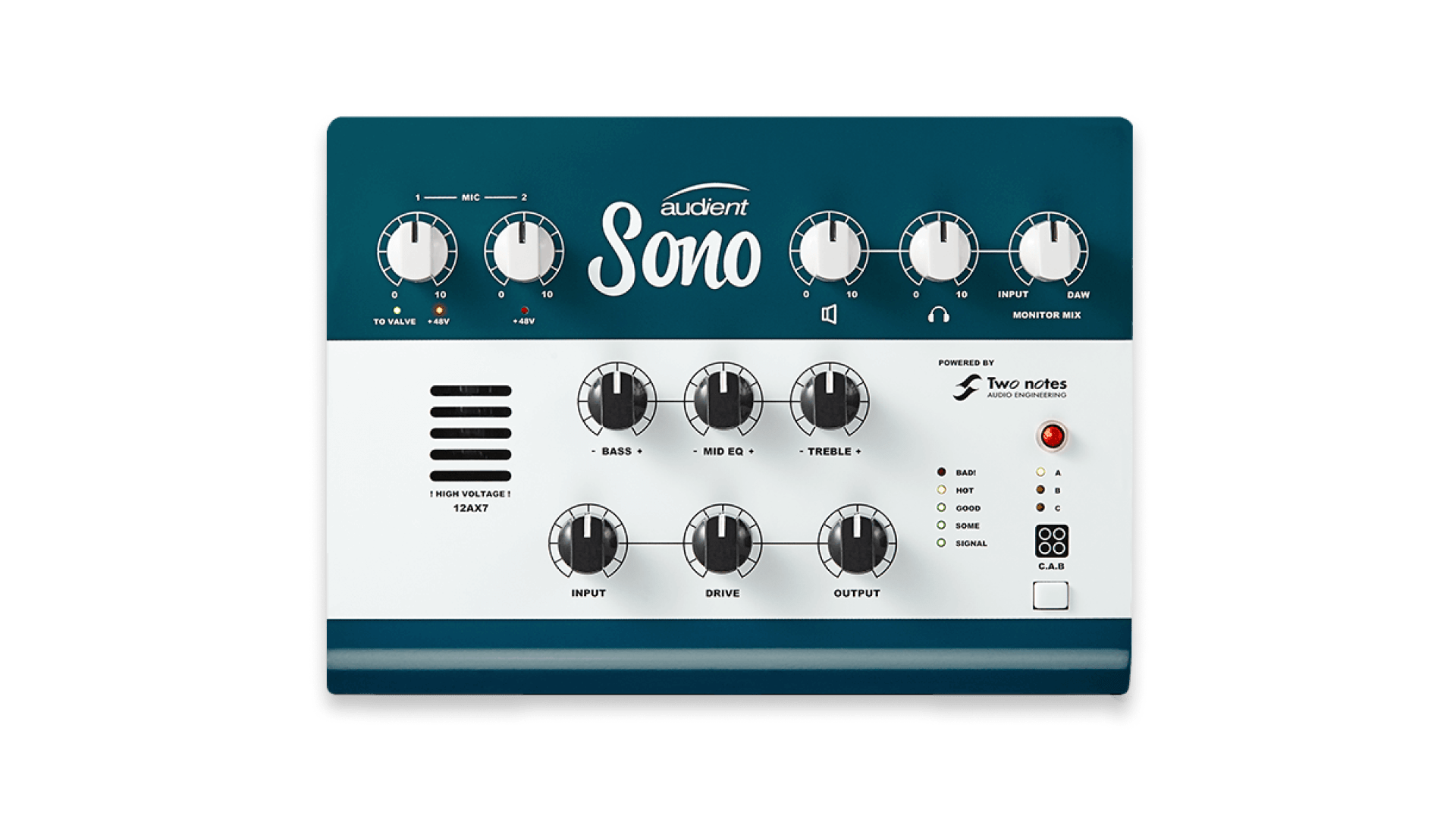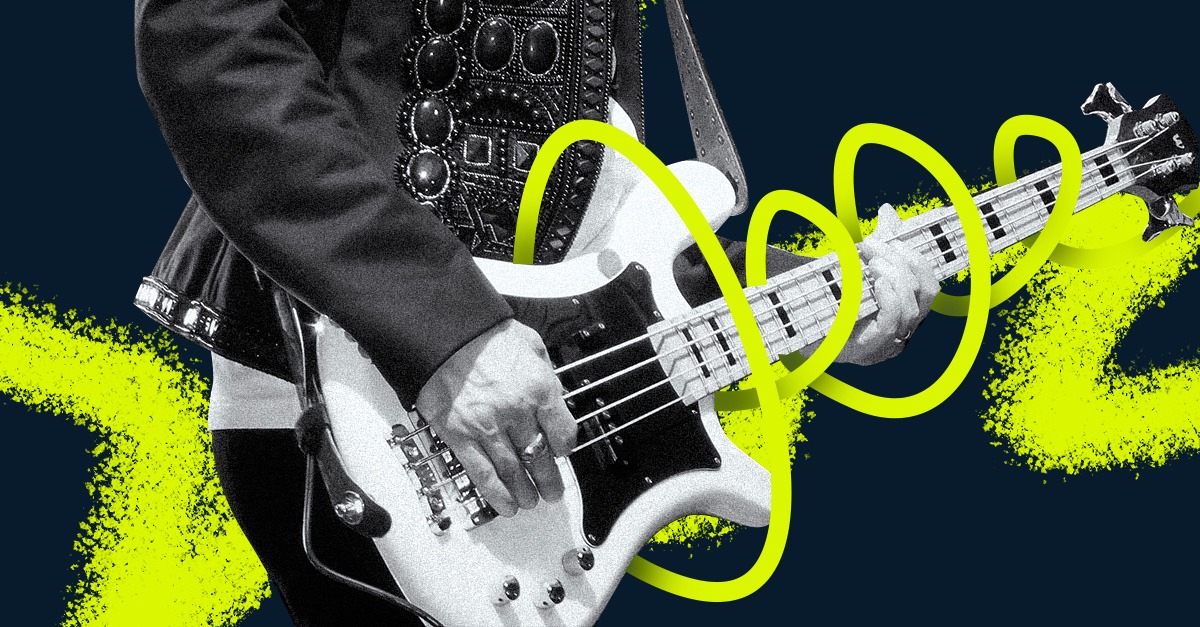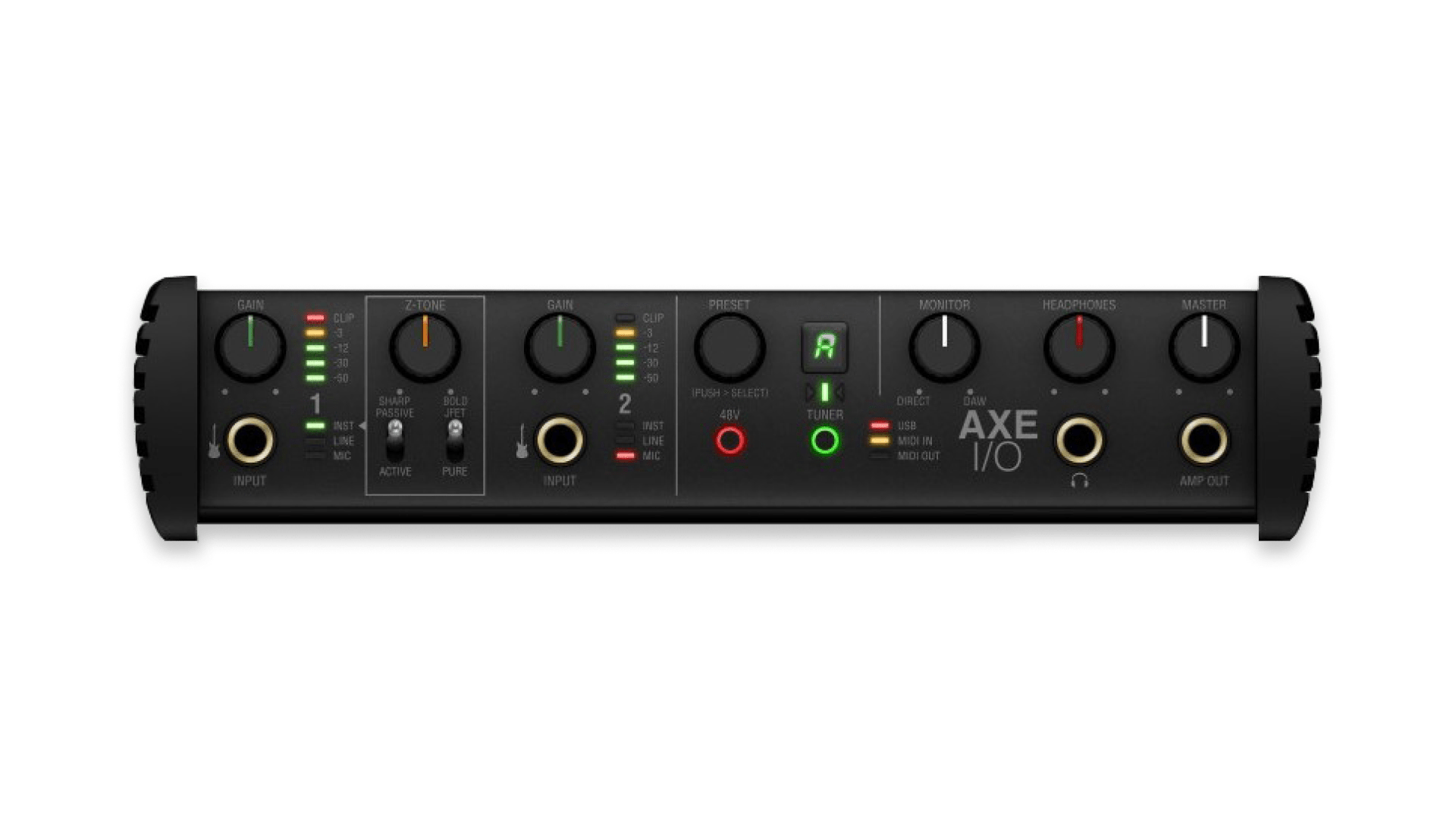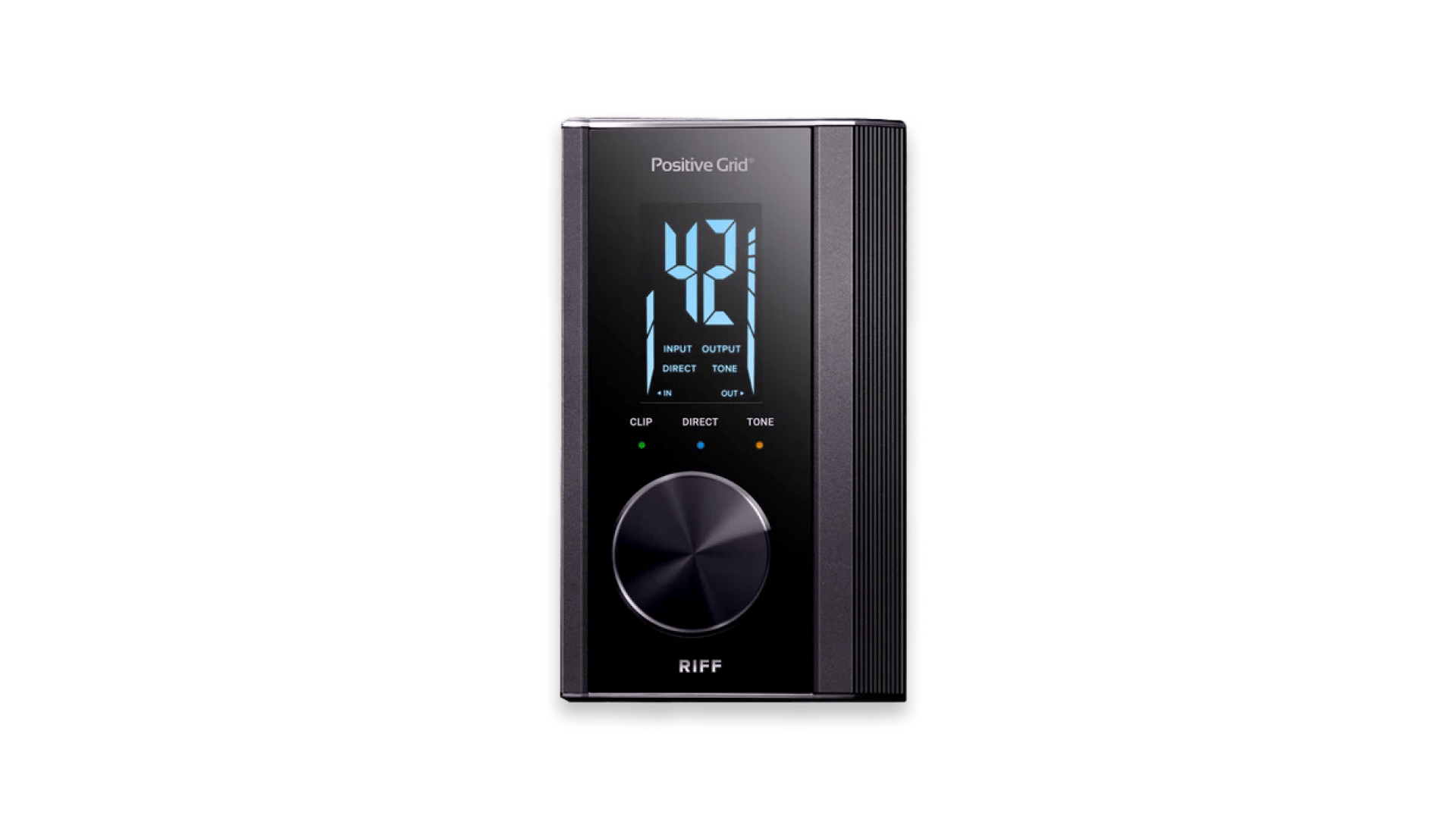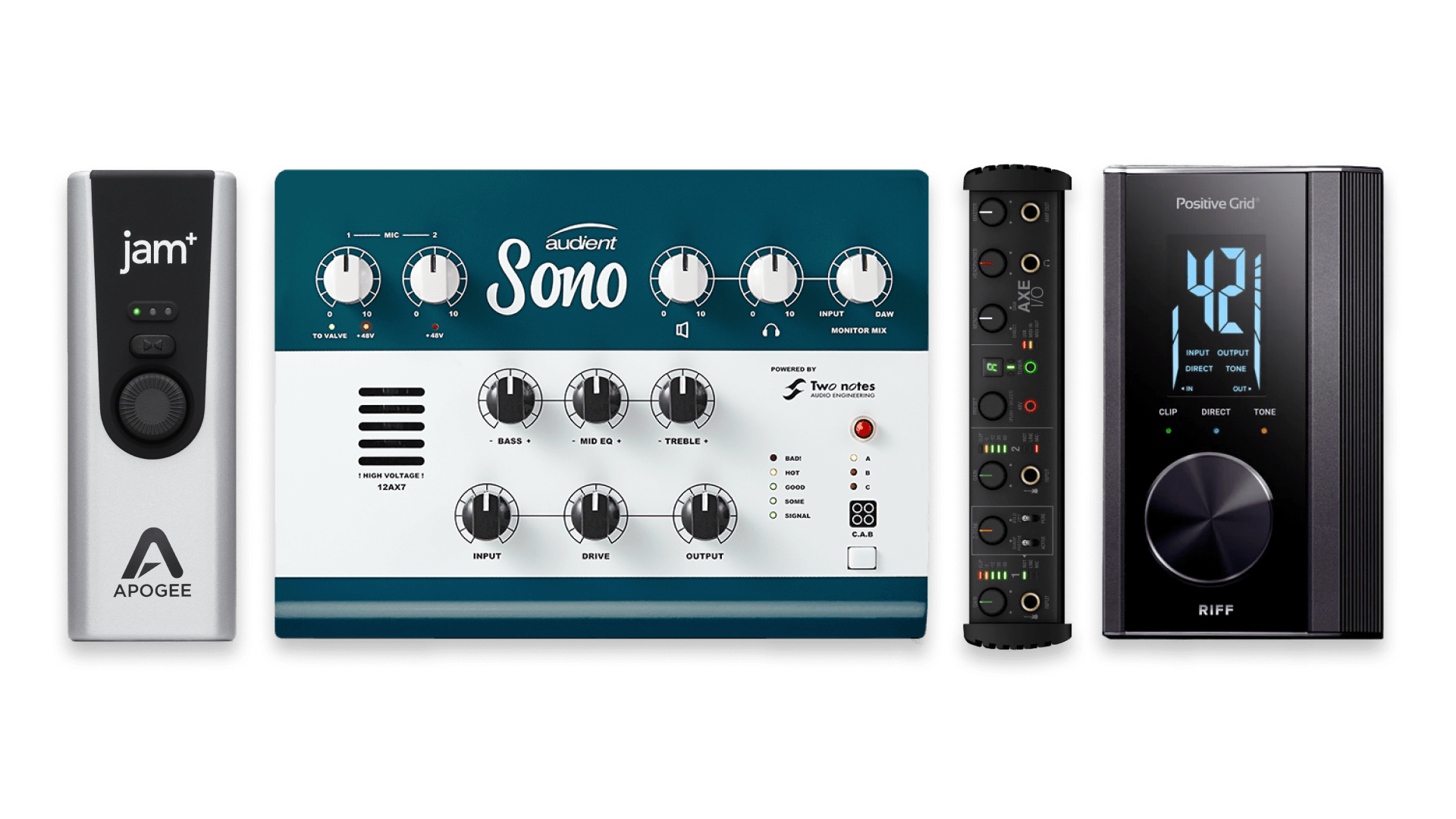
Best Audio Interface For Guitar: 5 Top Picks for Any Budget

Today’s guitarists need digital tools to make the most of modern music tech.
After all, there are dozens of excellent guitar VSTs and learning resources out there—not to mention DAWs and recording!
The key to benefitting from all these is a solid audio interface. It’s the backbone of any proper home studio setup.
Even if you’re not planning to dive into digital music production, there’s a lot you can do as a guitarist if your setup includes a good audio interface.
Audio interfaces provide superior analog-to-digital and digital-to-analog conversion for pro audio tasks such as recording, mixing and sound design.
With that in mind, plenty of players are looking for the best audio interface for guitar.
In this article I’ll break down the basics of audio interfaces, explain how they can benefit guitarists and suggest recommended options for any budget.
Let’s get started.
Gear guides, tips, tutorials, inspiration and more—delivered weekly.
Keep up with the LANDR Blog.
What is an audio interface?
An audio interface is a tool for managing signals going to and from a digital audio workstation or computer recording app. It acts as the connectivity hub for the equipment in a home studio setup.
Interfaces typically include features for both audio input and output such as microphone preamps, instrument-level DI inputs and connections for headphones or studio monitors.
The most common type are the small-format, desktop interfaces found in most home studio setups.
Audio interfaces in-depth
Learn more about this essential equipment category.

Why do guitarists need an audio interface?
If you’re not into digital music production, it might not be obvious why guitarists should have an audio interface.
But if you haven’t recently checked in on the world of computer-based digital guitar gear, there’s a lot out there to love!
Here are three reasons every guitarist should own an audio interface:
1. Guitar plugins
There’s been an explosion of DAW plugins for guitar over the past few years.
They range from virtual pedalboards and amps to learning apps, recording platforms and sound banks.
Imagine you could plug into any amp or pedal from any era of history. Or get personalized lessons for any song you can think of—it’s all on the table thanks to developments in digital guitar gear.
All you’ll need to take advantage of these is a capable audio interface.
Check out our list of the best guitar VSTs to learn more about what they can do.
2. Recording your playing
Do you write your own songs and riffs? Why not record them and kickstart your journey as an artist?
Luckily, it’s easier than ever before to record your playing in great audio quality at home.
You can record the traditional way with a microphone if you play acoustic or have an amp you can mic up.
Or you can use one of the plugin methods I mentioned above to record directly into your DAW.
🧠 Hot tip
You might even discover a passion for recording and sound as you go. Many producers started out as musicians looking to record themselves and progressed from there.
3. Learning online
Have you ever wanted to take lessons remotely? Or play along with tabs, or YouTube videos?

Anthony tackles essentials riffs on guitar.
An audio interface is one of the best tools to use to play alongside other material coming from your computer.
You can even use in-DAW collaboration tools like LANDR Sessions to connect from anywhere for learning, recording or creative sessions.
The 5 best audio interfaces for guitarists
With the background out of the way, here are five top picks for the best audio interface for guitar.
1. Audient Sono
Sono is a unique audio interface built specifically for guitarists.
Based on Audient’s mature interface technology, Sonos features a tube-driven guitar preamp with Two Notes Torpedo cabinet emulation technology.
This combination allows it to mimic the full signal path of a classic guitar amp, complete with a 12AX7 tube front end.
Not only that, the interface includes an onboard reamp output for integrating an amplifier
2. IK multimedia AXE I/O
IK Multimedia has had a strong presence in the world of digital guitar products for years.
Their Amplitube software was one of the first amp simulator plugins to gain traction in recording circles.
But the Italian developer has also branched out into hardware products, including a line of interfaces aimed at guitarists.
With an ideal analog input stage and a free edition of Amplitube included, AXE I/O is an effective solution for playing in the box.
3. Apogee Jam
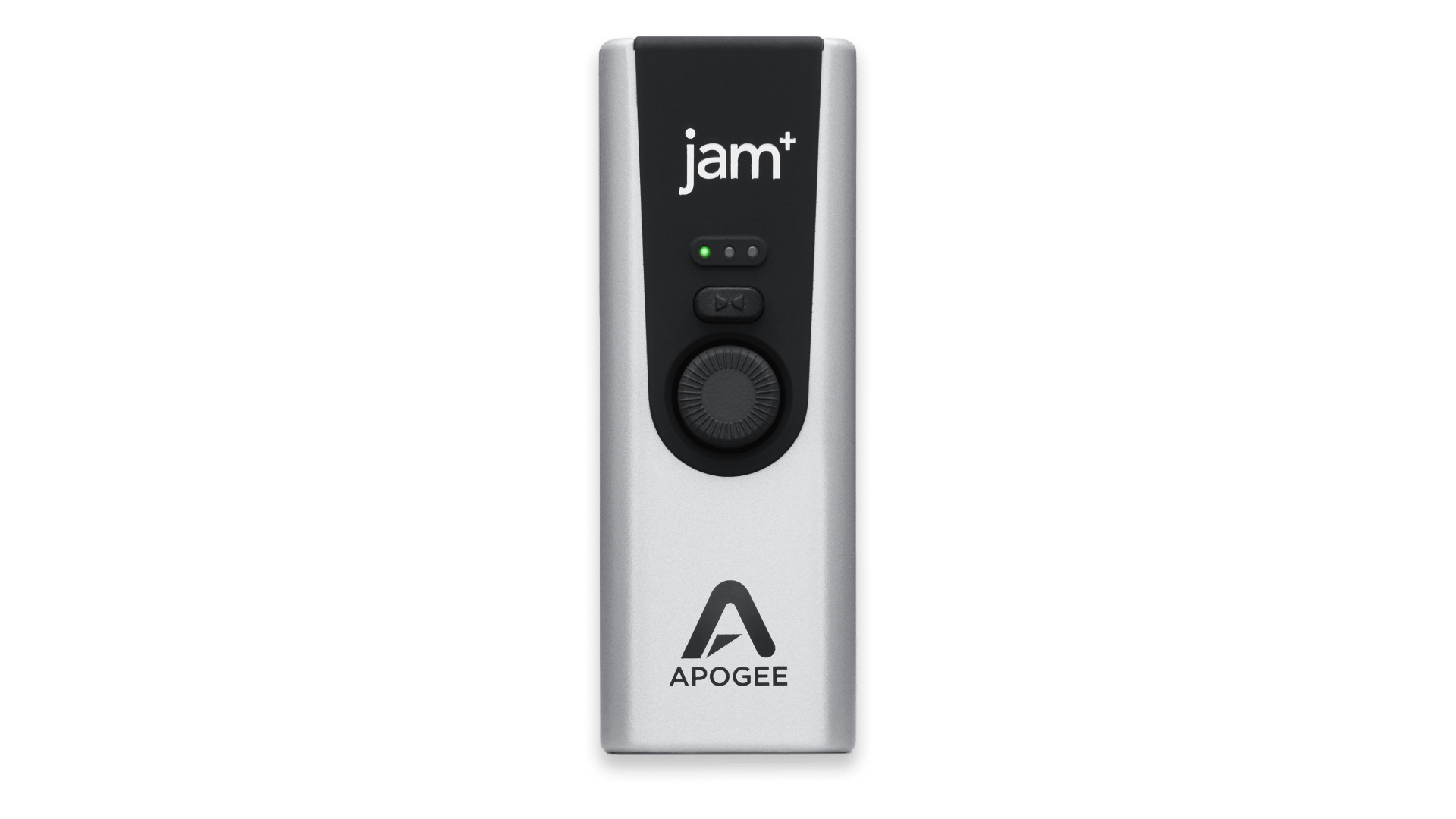
The simple yet powerful Apogee Jam.
Apogee is known for pioneering the desktop interface format with its Duet series in the 2000s.
And while the modern Duet and Quartet are excellent choices for serious home recordists, the guitar-focused Jam series comes in a simpler, more affordable form factor.
With a single input and simplified controls, Jam began as a straightforward solution to bring guitar signals into the world of iOS apps for music.
And while Jam is excellent for this purpose, it works just as well with desktop guitar software.
If you’re looking for a simple effective way to get guitar into your computer, Jam is worth a look.
4. Any small format audio interface
See our list of the best audio interfaces available today.
While there are lots of audio interfaces out there designed for guitarists, the truth is that any small-format audio interface can get the job done.
Most interfaces will work, as long as they include ¼” instrument inputs (or if you have a DI box!)
This is a crowded product category with many entries that look similar on paper, so head over to our guide to the best audio interfaces if you want to get the full overview of what’s out there.
5. Positive Grid RIFF
Positive Grid is the innovative company behind the Bias software and Spark amplifiers.
With groundbreaking technology like per-component modeling of amps and effects, they’ve made a splash in the world of digital guitar tech in the last few years.
Their RIFF interface is the perfect companion to any of the company’s plugin offerings. It even comes bundled with the excellent Bias FX 2 Lite Edition at no extra charge.
If you’re looking for an easy way to get started with Bias, OMNYSS or The Experience Jimi Hendrix collection, RIFF is a great choice.
Studio gear for guitarists
It’s easy to see why more and more guitarists are using audio interfaces in their workflow.
If you’re looking to get in on the action, you’ll need to know which one to get for your needs.
If you’ve made through this article you’ll have a great start when it comes to the best audio interface for guitar.
Gear guides, tips, tutorials, inspiration and more—delivered weekly.
Keep up with the LANDR Blog.


